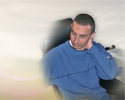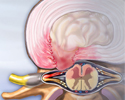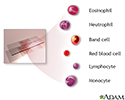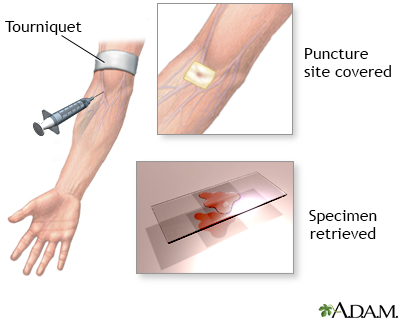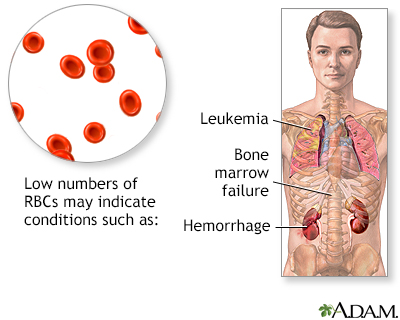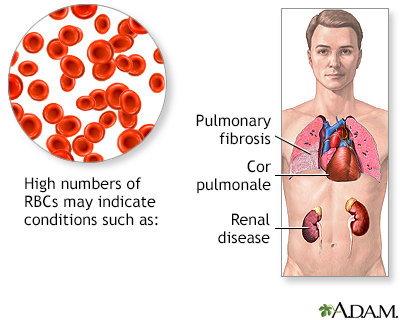Low back pain
Back pain - lowLow back pain is a common problem. About 60 to 80% of the adult U. S. population has low back pain, and it is the second most common reason people go to the doctor. Low back problems affect the spine's flexibility, stability, and strength, which can cause pain, discomfort, and stiffness. Back pain is the leading cause of disability in Americans...
The Basics
Tests for low back pain
A Closer Look
Low back pain
Back pain - lowLow back pain is a common problem. About 60 to 80% of the adult U. S. population has low back pain, and it is the second most common reason people go to the doctor. Low back problems affect the spine's flexibility, stability, and strength, which can cause pain, discomfort, and stiffness. Back pain is the leading cause of disability in Americans...
The Basics
Tests for low back pain
A Closer Look
Low back pain
Back pain - lowLow back pain is a common problem. About 60 to 80% of the adult U. S. population has low back pain, and it is the second most common reason people go to the doctor. Low back problems affect the spine's flexibility, stability, and strength, which can cause pain, discomfort, and stiffness. Back pain is the leading cause of disability in Americans...
The Basics
Tests for low back pain
A Closer Look
Review Date: 2/4/2016
Reviewed By: Steven D. Ehrlich, NMD, Solutions Acupuncture, a private practice specializing in complementary and alternative medicine, Phoenix, AZ. Review provided by VeriMed Healthcare Network.

